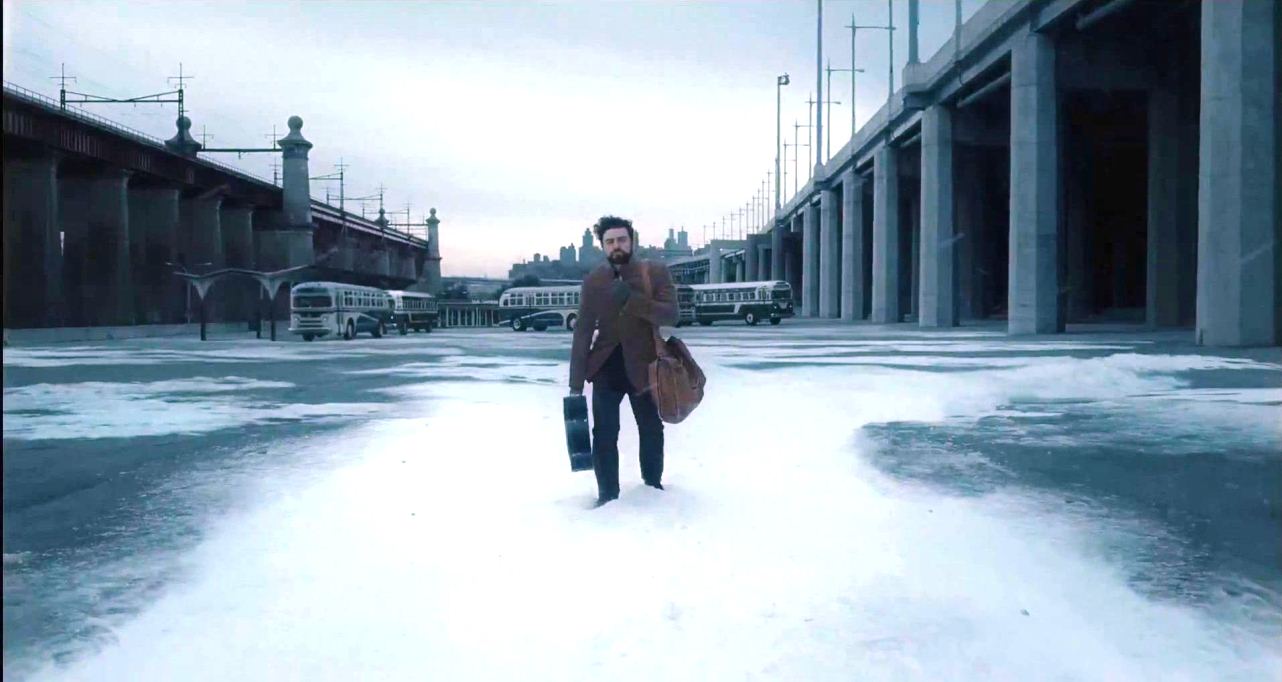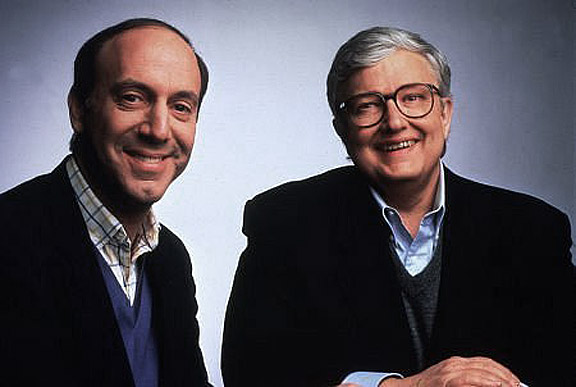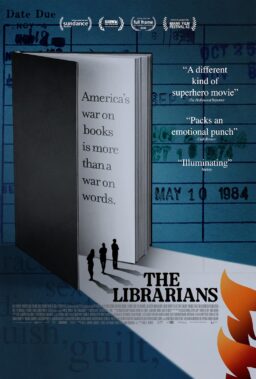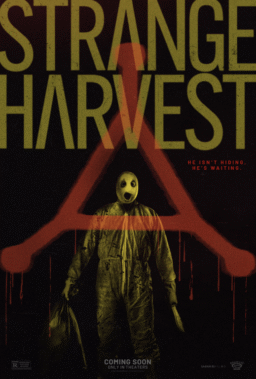This piece was published on November 6, 2019 and is being republished for Women Writers Week.
This feature is a part of a series on the best films of the 2010s, resulting from our ranked top 25, which you can read here. This is #3.
“If it was never new, and it never gets old, then it’s a folk song.”
This profound musing is offered by Llewyn Davis to a live audience at the start of Joel and Ethan Coen’s melancholic tale of determination and failure, after he leans into a microphone with an acoustic guitar in hand and sings, with the gentlest of clarity, “Hang me, oh, hang me.” While the singer’s words on folk songs reflect on his chosen type of music, they equally apply to the enduring quality of “Inside Llewyn Davis.” With the tenderness of its main protagonist’s instrument and the reflective lyrics of his opening tune that prophesies, “I’ll be dead and gone,” the Coen Brothers’ existential voyage into the dusty, smoky folk scene of New York’s Greenwich Village circa 1961 feels new but timeless, old yet somehow fresh, modest and meaningful all at once, all the way from its haunting beginning. Much like a folk song, the deceptively simple “Inside Llewyn Davis” sneaks up on you—by the end of it, you are ready to swear it’s a film that’s always been here, and one whose welcome will never wear out.
Of course it won’t. And it’s not solely because of a soulful, T-Bone Burnett-produced soundtrack that includes both soothing folk ballads (with a couple of exceptions, mostly sang and played by the cast) and the fun yet bizarre track “Please Mr. Kennedy” (a playful riff on the Vietnam-era fears), featuring an “Outer Space”-ing Adam Driver in one of the definitive scenes of his still-early career. But it’s mostly because “Inside Llewyn Davis,” while loosely inspired by folk singer Dave Van Ronk’s autobiography, tells the story of a fictional underdog; among cinema’s most durable archetypes that we, the audiences, want to follow over and over again, perhaps due to the fact that most of us feel closer a kinship to burdened losers than persistent winners. But don’t expect a musical biopic that lives and dies within a customary cinematic template here. (Remember that you are watching a Coen Brothers movie swaddled by mythology and a wintry type of gloom.) In that, Llewyn Davis the artist, played by Oscar Isaac in a bruised and disarming performance that deservedly became his breakthrough in 2013, doesn’t rise and fall per se. Instead, with the ghost of Mike, his former musical partner who recently committed suicide, lingering over him, he starts off near to the ground as a now-solo spirit in the film, sinking lower and lower down towards a rock-bottom, wherever that might be for his haughty, semi-talented and ill-mannered self.

Still, the Coens can’t help but care for Llewyn, as skilled as Isaac is in accentuating his acerbic unpleasantness. Just like they somehow made us empathize with the slimy car-salesman of “Fargo” (Jerry Lundegaard is far more despicable than Llewyn) and the talentless playwright of “Barton Fink” (Llewyn is far more advanced in his craft than Fink), they make sure that we feel, really feel for this ambitious someone whose default mode is disappointing others and choosing poorly when he needs to make a judgment call, on matters both personal and business. With the backdrop of Jess Gonchor’s frosty production design—reportedly (and quite visibly) based on “The Freewheelin’ Bob Dylan” album cover—it feels chilling to the bone when Llewyn drains the water out of his slush-filled shoes at a coffee shop, and downright sad when he gets the crap beaten out of him in an alley outside of the storied downtown venue Gaslight, while a young Dylan, destined to reinvent and revitalize that whole landscape, takes the stage and sings his “Farewell” with his unmistakable voice and style.
Not destined to become Dylan, or even convert anything related to his art into gold in the fast-blooming counterculture of the time, Llewyn walks a much different trail of life. Perhaps because she knows this, “Everything you touch turns to shit,” snaps at him his once-secret-lover Jean (Carey Mulligan), who is pregnant with (possibly) Llewyn’s child and needs him to cover the cost of her abortion, illegal in the pre-Roe v. Wade era. (The film isn’t political, but subtle hints of the period’s politics are everywhere.) In a steady relationship with the fellow singer/folk artist Jim (Justin Timberlake, perfectly cast as the amicable, clean-cut and savvy opposite of Llewyn), Jean might not be a saint herself, but she isn’t exactly wrong about the penniless couch-surfer whom she despises, being among his repeat suppliers of a place to crash for the night. For starters, Llewyn has a knack to upset anybody that he ironically relies on; square conformists he deems to be beneath his high-minded aspirations. In one scene, he cruelly offends the Upper West Side-based academic couple Gorfeins, a liberal, well-off husband and wife (Ethan Phillips and Robin Bartlett) who are nothing but kind and generous to Llewyn, and who might be related to Mike, given the sincere way they cherish his memory. In another, Llewyn loses the Gorfeins’ adorable house cat. And in yet others, he calls Jean “a careerist,” insults his manager who’s just lent him a winter coat, belittles his Queens-dwelling sister and nastily heckles a Gaslight performer, not knowing the worst is still yet to come.

Aided by Bruno Delbonnel’s aching cinematography, “Inside Llewyn Davis” wears the filmmaking brothers’ signature traits on its sleeve between its darkly comedic moments, myth and literature-based breadcrumbs (the pivotal cat is called Ulysses) and one surreal road trip. Through it, Llewyn heads to Chicago as a last resort to salvage (well, kick-start) his stalled career, riding with a peculiar jazzman (John Goodman) and his driver of a few words (Garrett Hedlund). There, a hopeful Llewyn meets Bud Grossman (F. Murray Abraham), a derivate of a kind of Coen Brothers figure that Roger Ebert once defined as “crass, venal men behind desks, who possess power the heroes envy,” in his review of “Barton Fink.” Grossman hammers the final nail in Llewyn’s coffin after an audition. “I don’t see a lot of money here,” he declares.
But why exactly do we give a damn about “King Midas’ idiot brother” then, and feel this impolite, mildly gifted person’s intense pain like our own? That’s the genius of “Inside Llewyn Davis,” suffused with an undertow of grief and sorrow throughout its deviously circular structure marked with wounded, misplaced cats, philosophical songs and creepy passageways. The first time I saw what I consider to be the Coen Brothers’ finest film during its theatrical release, it registered with me as the story of artistic failure and shortcoming—a mournful-enough narrative on its own. But in time, I started seeing just how uniquely romantic “Inside Llewyn Davis” was. Much like Mia Hansen-Løve’s “Eden” that came a year after it, “Inside Llewyn Davis” is a painfully familiar break up story; not between two people, but between a musician and the art he adores and chases boundlessly. After all, what could be more romantic than love tirelessly pursued but never fulfilled? Almost miraculously, the Coens manage to seize that unending hurt of abandonment in their masterpiece, with an undercurrent of permanent, deeply recognizable heartbreak running through it.












